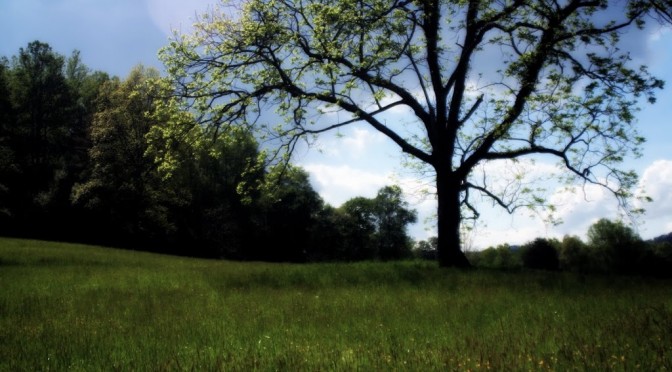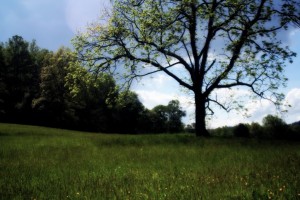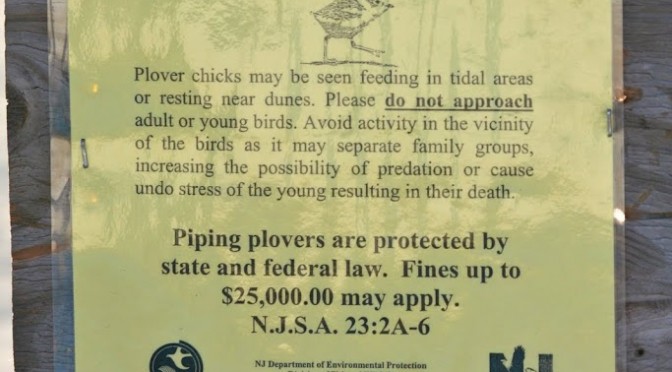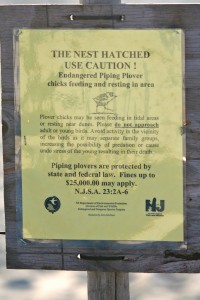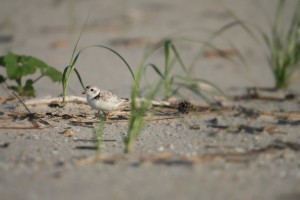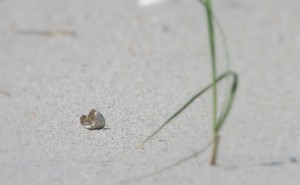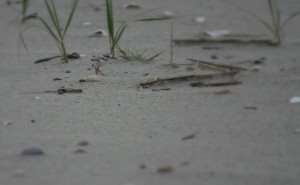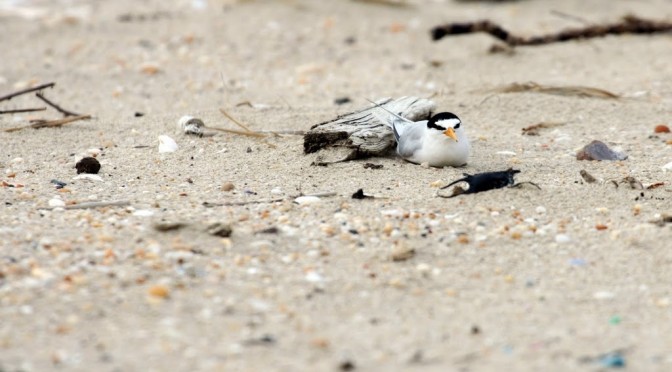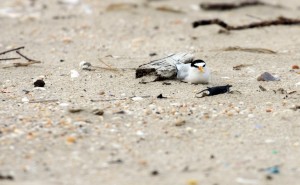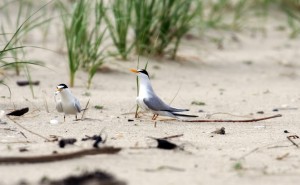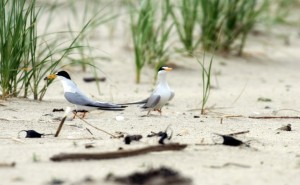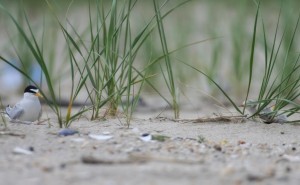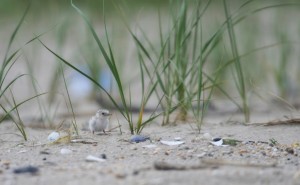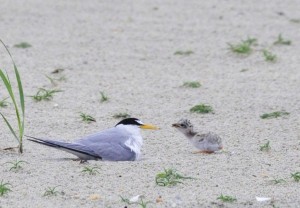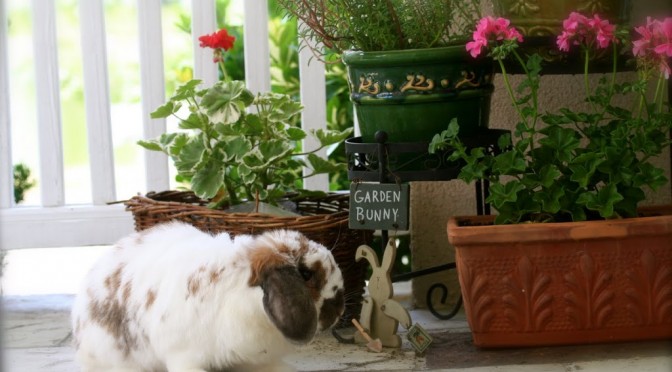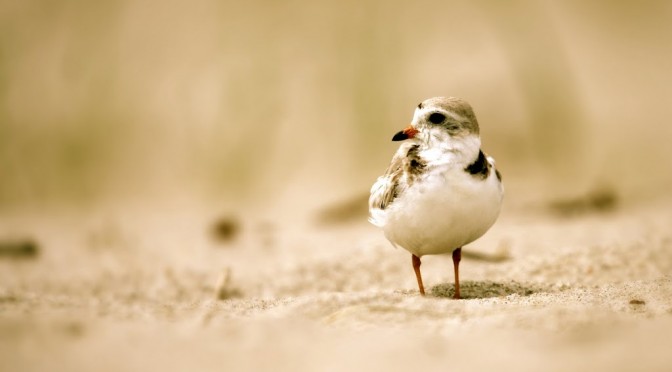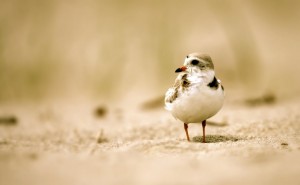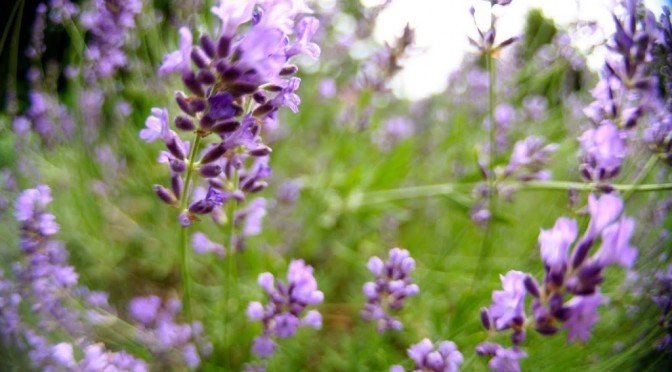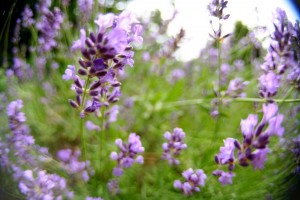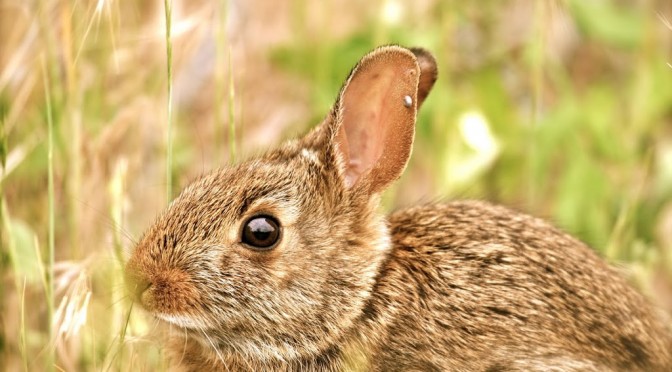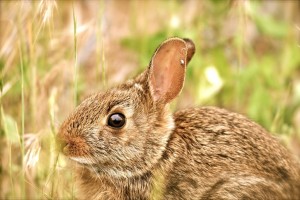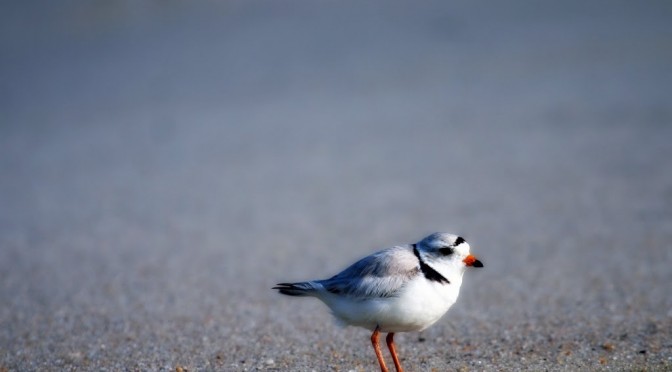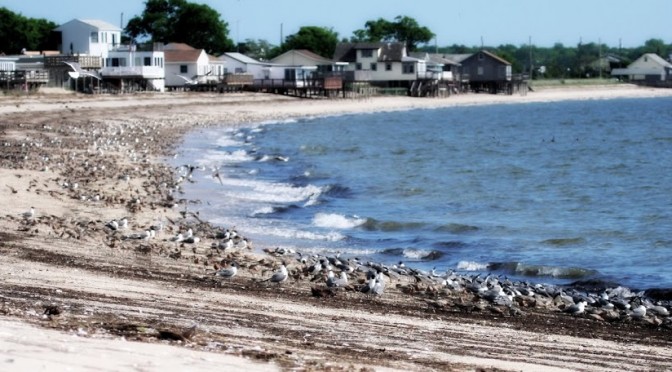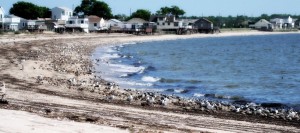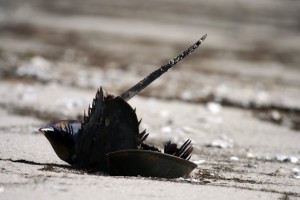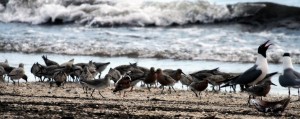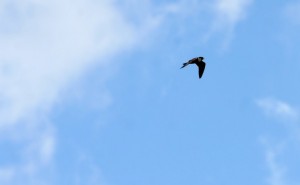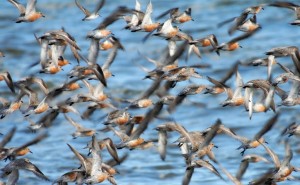Reed’s Beach is a tiny bayshore community located about 10 miles north of Cape May. It and other similarly sleepy and bug-infested places along the shores of Delaware Bay find themselves, for a couple weeks each year in late May/early June, at the convergence of diverse and, often, conflicting interests.
Firstly, there is the time-honored claim made by the horseshoe crab. The spring tides attract them to the calm bay shores to spawn and lay their eggs, by the billions.
Drawn specifically to the horseshoe crabs themselves, rather than their eggs, are commercial fishermen. Their value to the biomedical industry and as bait for eel and conch has led to a severe decline in the horseshoe crab population recently.
Next there are the birds that are lured to the bonanza of food presented by the spawning horseshoe crabs… all the seaside regulars show up to eat… gulls, grackles, shorebirds, crows… the beach is a living (and loud!) mosaic of birdlife.
Add the occasional predator to the scene, in this case a Peregrine, and you have the perfect recipe for a birder orgy. Birders love to see such drama and spectacle.
Our claim to this extravaganza, as birders, is a relatively recent one. Crabs and shorebirds were converging here on the Delaware Bay for any number of years without anyone really being aware of it. No sooner had the birding community come to know of it, than it almost disappeared.
Almost!
The star species in this spectacle of birds and crabs is the Red Knot. A robin-sized shorebird that undertakes a world-class migration and stops, midpoint, at Delaware Bay to refuel on its journey to the Arctic to breed.
Scientists and the birding community have watched their numbers plummet year after year. This year, on the lucky day we were there to witness it, some 5,000 had just arrived from Tierra del Fuego. 5,000 sounds like an impressive number until you understand that you’re looking at approx. half the Eastern population of a species.
Half of all the Red Knots in my world were spread there on the beach in front of us and still the shoreline looked mostly empty. A Peregrine appeared on the horizon and cut through the panicked flock, reducing it by one, perhaps. One less than half the population landed again, only to be panicked from their feeding, yet again, by a photographer or a fisherman intent on the jetty.
We all stake our claims…
One of the finest and most informative videos I’ve yet found is available at this link from PBS.
